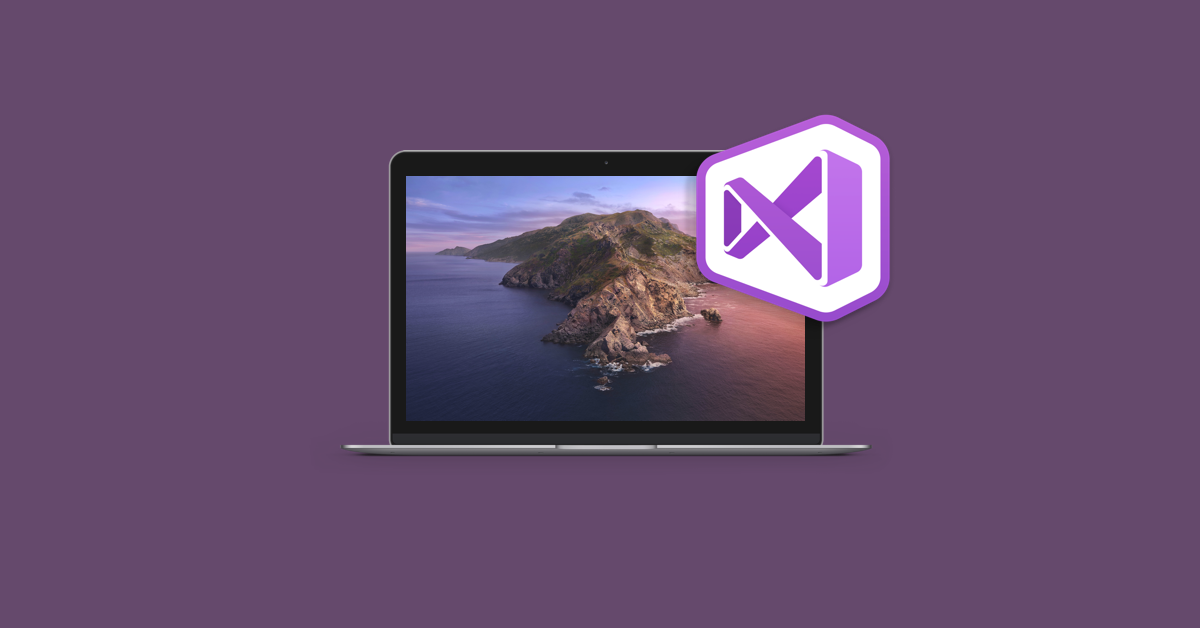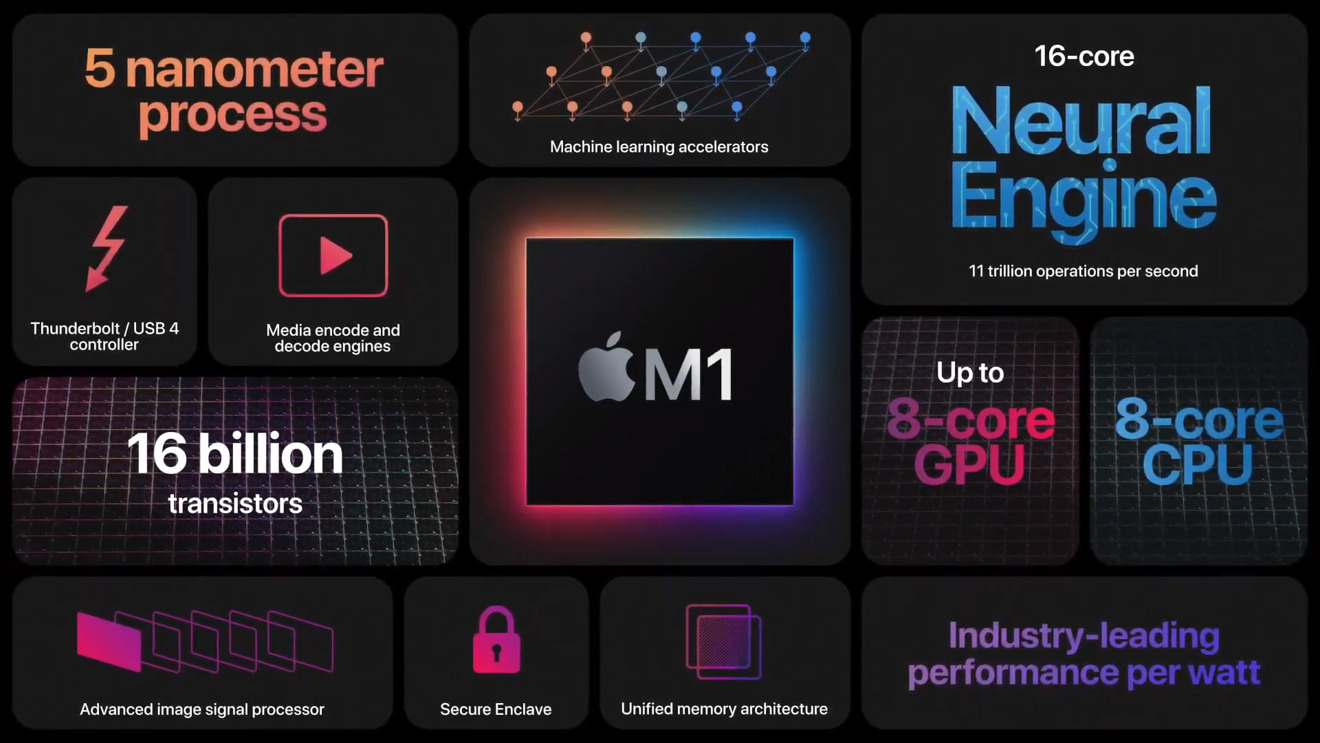
- #NEW C++ PROJECT IN VISUAL STUDIO FOR MAC .DLL#
- #NEW C++ PROJECT IN VISUAL STUDIO FOR MAC CODE#
- #NEW C++ PROJECT IN VISUAL STUDIO FOR MAC DOWNLOAD#
- #NEW C++ PROJECT IN VISUAL STUDIO FOR MAC WINDOWS#
If you don't want to copy/paste your freeglut.dll and glew32.dll from the library directory to your project directory then you have to set their paths directly in your Environment variables.
#NEW C++ PROJECT IN VISUAL STUDIO FOR MAC .DLL#
dll of these two libraries: For the 64-bit version freeglut.dll and glew32.dllīefore building it, let's copy (not move!) the. You could now close the Configuration Manager and as you can see the platform is now specified as 圆4.Īnd you could easily click either x86 or 圆4 (depending of your libraries version). On the right click the the Active solution platform dropdown menu and select: On the right select x86 in the dropdown menu and click New.Ī new window has appeared: New Solution Platform.

On the Visual Studio's top menu there is a dropdown menu with x86 selected.Ĭlick the black tiny triangle on the right of the x86 and select Configuration Manager.Ī new window has appeared: Configuration Manager. GlutCreateWindow("BadproG - Hello world :D") // message displayed on top bar window GlutInitWindowPosition(500, 500) // distance from the top-left screen GlutInitWindowSize(300, 300) // window size * The "2f" suffix means 2 values of float type (x and y). * The point (0.0, 0.0) represents the middle of the window (not the top left corner).
#NEW C++ PROJECT IN VISUAL STUDIO FOR MAC CODE#
To test the setup, let's code the most basic code HelloWorld! that you can write with OpenGL. Your Visual Studio IDE is now ready to play with OpenGL! Testing the setup freeglut.lib (click enter to go the next line).Right click your Shapes2D project > Properties > Configuration Properties > Linker > Input > Additional Dependencies > Click it.Ī new window has appeared: Additional Dependencies.

Right click your Shapes2D project > Properties > Configuration Properties > Linker > General > Additional Library Directories > Click it.Ī new window has appeared: Additional Library Directories.Ĭlick the New Line icon > Click the browse button > Then select the two following folders: For the 64-bit version Ī new window has appeared: Additional Include Directories.Ĭlick the New Line icon > Click the browse button > Then select the two following folders:Ĭlick OK > Apply Including libraries Library folders On the right there is a drop down menu, click. Right click your Shapes2D project > Properties > Configuration Properties > C/C++ > General > Additional Include Directories > Click it. Right click your Shapes2D project > Properties > On the top left there is a drop down menu > Configuration > Select All Configurations (instead of Debug) Including header files (includes) Let's add a main.cpp > Right click your project > Add > New Item > Visual C++ > C++ File > write the name main.cpp > Add.

Your Shapes2D project has been created into your BadprogTutorial solution. Open it and create an empty project > File > New > Project > Templates > Visual C++ > Empty Project. The general directory for our setup will be:

Once you have downloaded it, there is a folder named freeglut inside.Įxtract it and rename it to freeglut-3.0.0 in order to have exactly the same name used in this tutorial.
#NEW C++ PROJECT IN VISUAL STUDIO FOR MAC DOWNLOAD#
The name of the file you have to download is: freeglut-MSVC-3.0.0-2.mp.zip. You'll also need the freeglut version for Microsoft Visual Studio:Ĭlick the link inside the part freeglut 3.0.0 MSVC Package. You'll need glew headers that could be find on the sourceforge website of the OpenGL Extension Wrangler Library:
#NEW C++ PROJECT IN VISUAL STUDIO FOR MAC WINDOWS#
If you plan to create a program to be executed on a 32-bit platform, so use the 32-bit version.Įvery platform accept 32-version, so the 64-bit version is only for specific purpose only.Īnd so the 32-bit version will work on every Windows system. Notice that the version is only based on which platform you want to compile for. You have the choice, and it will be specified in the tutorial. We are going to use the 32-bit or the 64-bit version. The glew library stands for GL Extension Wrangler.Īt the end of this OpenGL tutorial you will be able to display a window with a white square displayed on a black background. The Visual Studio version for this tutorial will be the 2017 (seems to work with the 2015 and 2019 as well).


 0 kommentar(er)
0 kommentar(er)
